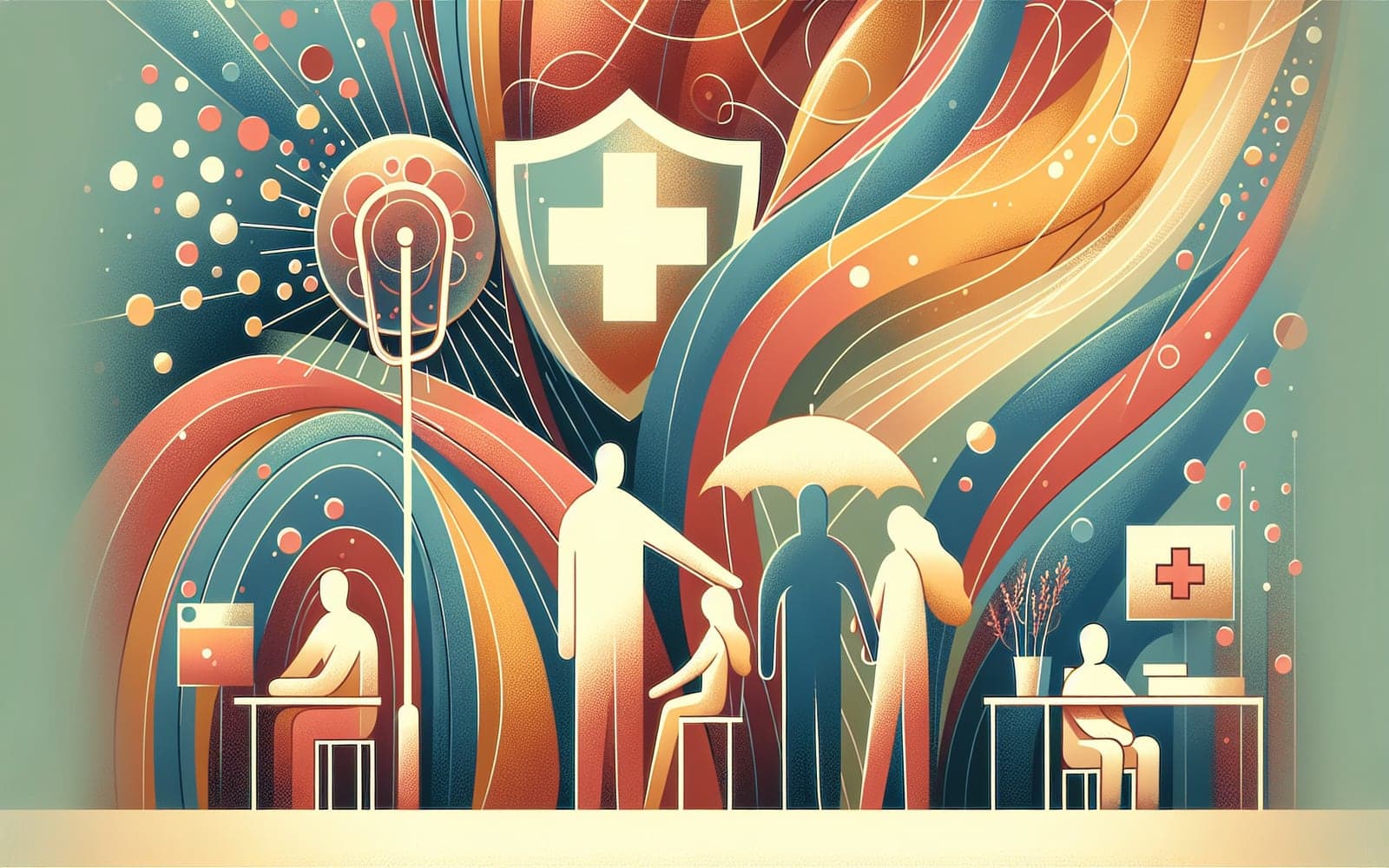Contents
-
Safe Practices
-
Partner Management
-
The Role of PrEP
How to Protect Yourself from Lymphogranuloma Venereum
How to Protect Yourself from Lymphogranuloma Venereum
Prevention Tips
Prevention is better than cure, especially for infections like LGV. Learn how to protect yourself and reduce your risk of infection.
Contents
-
Safe Practices
-
Partner Management
-
The Role of PrEP
Safe Practices
Engaging in safer sexual practices is crucial for preventing LGV. Always use protection during sexual activity, and consider regular STI testing if you're sexually active, especially with multiple partners. Cleaning sex toys thoroughly can also reduce risk.
Partner Management
If diagnosed with LGV, inform your sexual partners so they can be tested and treated. This helps prevent reinfection and stops the spread of LGV. Partners should receive preventive treatment if they had contact within 60 days before the diagnosis.
The Role of PrEP
For those at high risk for HIV and related infections like LGV, pre-exposure prophylaxis (PrEP) can be a valuable preventive measure. By reducing the risk of HIV, PrEP indirectly helps in reducing LGV transmission.
FAQs
How can I prevent LGV?
Use protection during sex and get regular STI tests.
Should partners be informed if diagnosed?
Yes, so they can be tested and treated to stop the spread.
What is the role of PrEP?
PrEP helps prevent HIV, indirectly reducing LGV risk.
Why is partner treatment important?
It prevents reinfection and breaks the chain of transmission.
Next Steps
Taking preventive measures is key to protecting yourself and others from LGV.
Additional References
-
Mabey D, Peeling RW. Lymphogranuloma venereum.
-
Australian STI Management Guidelines for Use in Primary Care.
This article has been reviewed for accuracy by one of the licensed medical doctors working for Doctronic.












